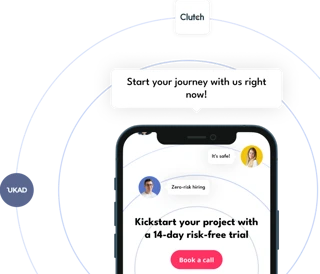The problem of continuous integration is quite particular for iOS, it is particularly sensitive in significant enterprises and is not-so-critical in small outsourcing companies. Of course, there is already a whole bunch of ready-made solutions, the most popular of which is diawi.com,testflight, but there are many others. If you're interested in mobile apps development, also take a look on the article about Firebase platform.
Consider the basic pros and cons of these three application distribution platforms.






